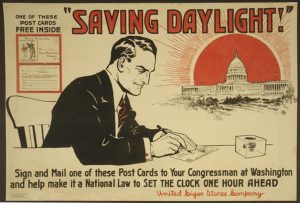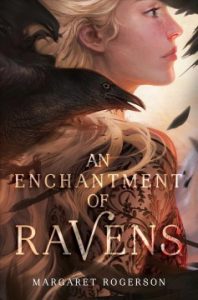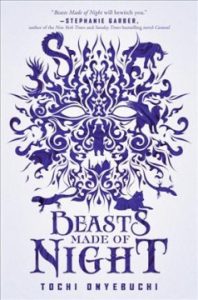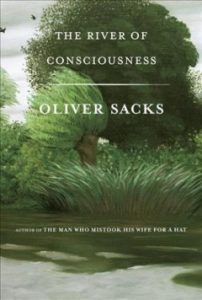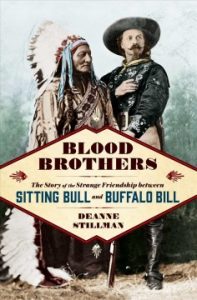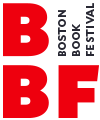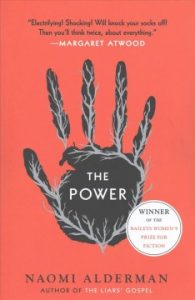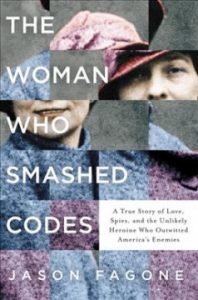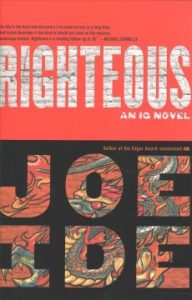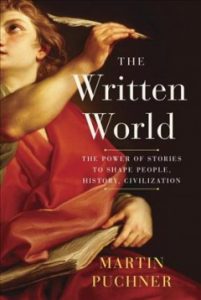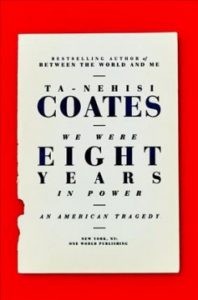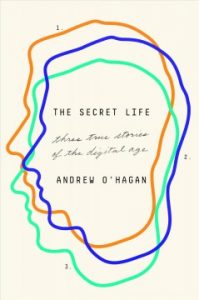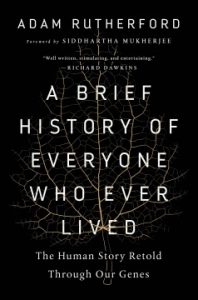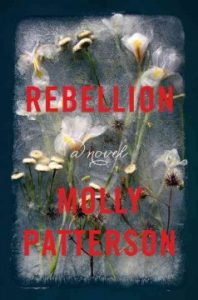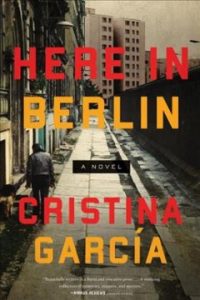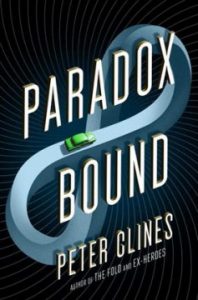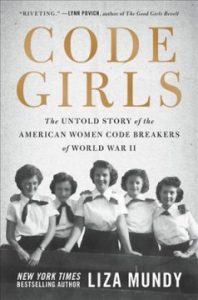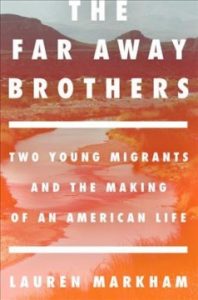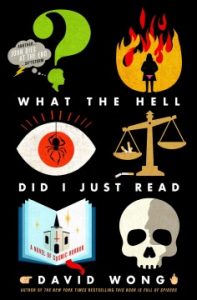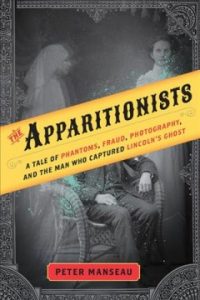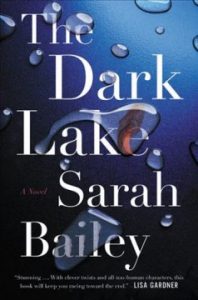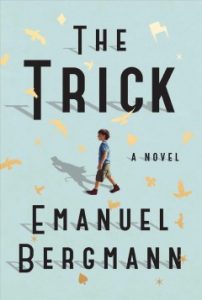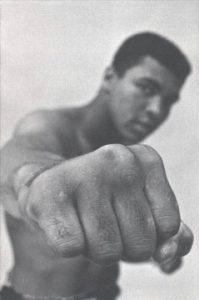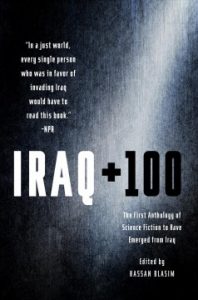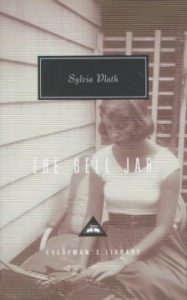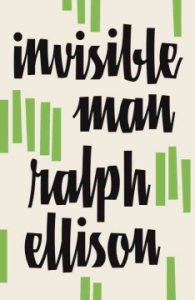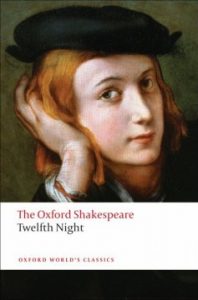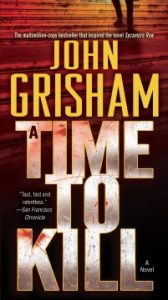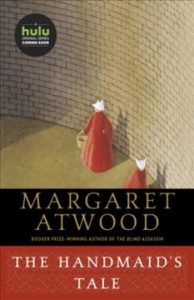And just a reminder, beloved patrons, we’ll be closed tomorrow in observance of Veteran’s Day.
As we’ve discussed, Americans have remembered those who served our country in uniform on November 11, first as Armistice Day, and then, since 1954 as Veterans Day. The day itself commemorates the Armistice which ended hostilities on the Western Front of the First World War.
In honor of this day, here is a poem by American journalist and poet Carl Sandburg. Though he did not serve in the First World War, Sandburg was nevertheless deeply affected by the violence, and anger, and the lasting trauma of the war on veterans and civilians alike.
A.E.F.
There will be a rusty gun on the wall, sweetheart,
The rifle grooves curling with flakes of rust.
A spider will make a silver string nest in the
darkest, warmest corner of it.
The trigger and the range-finder, they too will be rusty.
And no hands will polish the gun, and it will hang on the wall.
Forefingers and thumbs will point casually toward it.
It will be spoken among half-forgotten, wished-to-be-forgotten things.
They will tell the spider: Go on, you’re doing good work.
(From Smoke and Steel, 1922)
We will be open on Sunday, so be sure to drop by and check out some of the new books that have scurried onto our shelves this week! Here are just a sample:

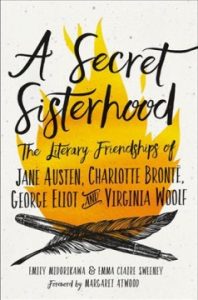 A Secret Sisterhood: The Literary Friendships of Jane Austen, Charlotte Brontë, George Eliot, and Virginia Woolf: We are huge fans of Book Buddies here at the Library, as well as devotees of the authors listed in this book’s subtitle, so this was something of a natural choice for us. We so often talk about the friendship and collaboration between male authors, but the world’s best-loved female authors are usually mythologized as solitary eccentrics or isolated geniuses. Co-authors and real-life friends Emily Midorikawa and Emma Claire Sweeney prove this wrong, highlighting centuries of literary friendship, collaborations, and inspirations between women, from the friendship between Jane Austen and one of her family servants, playwright Anne Sharp, to the daring feminist author Mary Taylor, who shaped the work of Charlotte Brontë; to Virginia Woolf and Katherine Mansfield, whose complex relationship has gone understudied for generations. Using letters and diaries, some never before published, this book emphasizes the need–and the incredible results–of female friendships, in a book that Publisher’s Weekly called an ” evocative and well-researched ode to female solidarity…The authors…astutely explain that the friendships they depict became lost to cultural memory due to prevailing stereotypes of female authors as “solitary eccentrics or isolated geniuses.” It is a delight to learn about them here, as related by two talented authors.”
A Secret Sisterhood: The Literary Friendships of Jane Austen, Charlotte Brontë, George Eliot, and Virginia Woolf: We are huge fans of Book Buddies here at the Library, as well as devotees of the authors listed in this book’s subtitle, so this was something of a natural choice for us. We so often talk about the friendship and collaboration between male authors, but the world’s best-loved female authors are usually mythologized as solitary eccentrics or isolated geniuses. Co-authors and real-life friends Emily Midorikawa and Emma Claire Sweeney prove this wrong, highlighting centuries of literary friendship, collaborations, and inspirations between women, from the friendship between Jane Austen and one of her family servants, playwright Anne Sharp, to the daring feminist author Mary Taylor, who shaped the work of Charlotte Brontë; to Virginia Woolf and Katherine Mansfield, whose complex relationship has gone understudied for generations. Using letters and diaries, some never before published, this book emphasizes the need–and the incredible results–of female friendships, in a book that Publisher’s Weekly called an ” evocative and well-researched ode to female solidarity…The authors…astutely explain that the friendships they depict became lost to cultural memory due to prevailing stereotypes of female authors as “solitary eccentrics or isolated geniuses.” It is a delight to learn about them here, as related by two talented authors.”
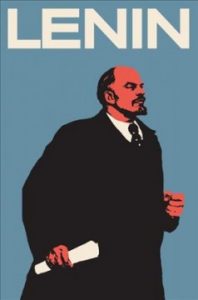 Lenin: The Man, the Dictator, and the Master of Terror: Just in time for the centennial of the Russian Revolution comes Victor Sebestyen’s fascinating new biography (and the first in English in over two decades) of Vladimir Ilyich Lenin, the leader of the Bolshevik party. Brought up in comfort and with a passion for hunting and fishing, chess, and the English classics, Lenin was radicalized after the execution of his brother in 1887. Sebestyen traces the story from Lenin’s early years to his long exile in Europe and return to Petrograd in 1917 to lead the first Communist revolution in history. With Lenin’s personal papers and those of other leading political figures now available, Sebestyen gives is new details that bring to life the dramatic and gripping story of how Lenin seized power in a coup and ran his revolutionary state. The product of a violent, tyrannical, and corrupt Russia, he chillingly authorized the deaths of thousands of people and created a system based on the idea that political terror against opponents was justified for a greater ideal. Sebestyen also emphasizes Lenin’s relationships with women, bringing his sister, his mother, his wife, and him mistress into the historical picture in a way never before attempted. The result is a book that earned a starred review from Kirkus, who called it, “An illuminating new biography of the cold, calculating ruler on whom the subsequent Soviet state modeled itself . . . Sebestyen ably captures the man, “the kind of demagogue familiar to us in Western democracies.” A compelling, clear-eyed portrait of a dictator whose politics have unfortunate relevance for today.”
Lenin: The Man, the Dictator, and the Master of Terror: Just in time for the centennial of the Russian Revolution comes Victor Sebestyen’s fascinating new biography (and the first in English in over two decades) of Vladimir Ilyich Lenin, the leader of the Bolshevik party. Brought up in comfort and with a passion for hunting and fishing, chess, and the English classics, Lenin was radicalized after the execution of his brother in 1887. Sebestyen traces the story from Lenin’s early years to his long exile in Europe and return to Petrograd in 1917 to lead the first Communist revolution in history. With Lenin’s personal papers and those of other leading political figures now available, Sebestyen gives is new details that bring to life the dramatic and gripping story of how Lenin seized power in a coup and ran his revolutionary state. The product of a violent, tyrannical, and corrupt Russia, he chillingly authorized the deaths of thousands of people and created a system based on the idea that political terror against opponents was justified for a greater ideal. Sebestyen also emphasizes Lenin’s relationships with women, bringing his sister, his mother, his wife, and him mistress into the historical picture in a way never before attempted. The result is a book that earned a starred review from Kirkus, who called it, “An illuminating new biography of the cold, calculating ruler on whom the subsequent Soviet state modeled itself . . . Sebestyen ably captures the man, “the kind of demagogue familiar to us in Western democracies.” A compelling, clear-eyed portrait of a dictator whose politics have unfortunate relevance for today.”
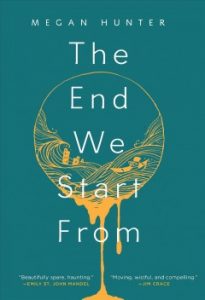 The End We Start From: From a language-and-use perspective, Megan Hunter’s debut work of fiction inhabits a magical land somewhere between poetry and prose. In terms of plot, this is an apocalyptic novel of hope. It is a hauntingly beautiful look at the ugliness of a drowned world. It is utterly bizarre, and it’s a marvel. As London is submerged below floodwaters, a woman gives birth to her first child, Z. Days later, she and her baby are forced to leave their home in search of safety. They head north through a newly dangerous country seeking refuge from place to place. The story traces fear and wonder as the baby grows, thriving and content against all the odds. This book has earned glowing reviews, and both it and Hunter have secured spots on a number of best of lists, with The Guardian noting, “If motherhood now has its own literary subgenre, the same is true of climate-change catastrophe…Hunter sees both subjects afresh, through a sharp eye for detail that is both undeceived and faintly amused, and through the extreme spareness of her narration: the story proceeds in snatches, like a series of stepping stones across the blank expanse of an unknown future.”
The End We Start From: From a language-and-use perspective, Megan Hunter’s debut work of fiction inhabits a magical land somewhere between poetry and prose. In terms of plot, this is an apocalyptic novel of hope. It is a hauntingly beautiful look at the ugliness of a drowned world. It is utterly bizarre, and it’s a marvel. As London is submerged below floodwaters, a woman gives birth to her first child, Z. Days later, she and her baby are forced to leave their home in search of safety. They head north through a newly dangerous country seeking refuge from place to place. The story traces fear and wonder as the baby grows, thriving and content against all the odds. This book has earned glowing reviews, and both it and Hunter have secured spots on a number of best of lists, with The Guardian noting, “If motherhood now has its own literary subgenre, the same is true of climate-change catastrophe…Hunter sees both subjects afresh, through a sharp eye for detail that is both undeceived and faintly amused, and through the extreme spareness of her narration: the story proceeds in snatches, like a series of stepping stones across the blank expanse of an unknown future.”
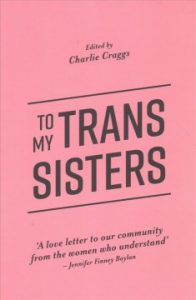 To My Trans Sisters: Dedicated to trans women everywhere, Charlie Craggs’ anthology represents an inspirational collection of letters written by successful trans women shares the lessons they learnt on their journeys to womanhood, celebrating their achievements and empowering the next generation to become who they truly are. Written by politicians, scientists, models, athletes, authors, actors, and activists from around the world, these letters capture the diversity of the trans experience and offer advice from make-up and dating through to fighting dysphoria and transphobia. By turns honest and heartfelt, funny and furious or beautiful and brave, these letters send a clear message of hope to their sisters, and also offer a world of insight to all readers on the nature of identity, the power of empathy, and the need to recognize all our fellow humans as people worthy of respect and love. Library Journal gave this book a starred review, pronouncing it “A triumph in topics of gender and women’s studies, this anthology is unlike anything available today and is a must-have for those seeking to understand the trans community on a myriad of levels.”
To My Trans Sisters: Dedicated to trans women everywhere, Charlie Craggs’ anthology represents an inspirational collection of letters written by successful trans women shares the lessons they learnt on their journeys to womanhood, celebrating their achievements and empowering the next generation to become who they truly are. Written by politicians, scientists, models, athletes, authors, actors, and activists from around the world, these letters capture the diversity of the trans experience and offer advice from make-up and dating through to fighting dysphoria and transphobia. By turns honest and heartfelt, funny and furious or beautiful and brave, these letters send a clear message of hope to their sisters, and also offer a world of insight to all readers on the nature of identity, the power of empathy, and the need to recognize all our fellow humans as people worthy of respect and love. Library Journal gave this book a starred review, pronouncing it “A triumph in topics of gender and women’s studies, this anthology is unlike anything available today and is a must-have for those seeking to understand the trans community on a myriad of levels.”
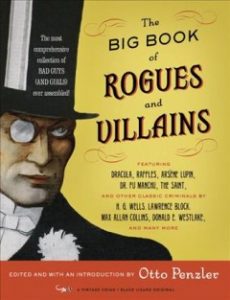 The Big Book of Rogues and Villains: Anyone who enjoys themselves a richly nuances baddie is going to delight in this new collection from Otto Penzler, that brings together the iconic traitors, thieves, con men, sociopaths, and killers who have crept through the mystery canon over the past 150 years, captivating and horrifying readers in equal measure. The 72 handpicked stories in this collection introduce us to the most depraved of psyches, from iconic antiheroes like Maurice Leblanc’s Arsène Lupin and Sax Rohmer’s Dr. Fu Manchu to contemporary delinquents like Lawrence Block’s Ehrengraf and Donald Westlake’s Dortmunder. With stories from Bram Stoker, R.L. Stevenson, Earl Stanley Gardener, as well as less well-remembered writers like May Edginton, and George Randolph Chester, this is a delightful romp through some of the darker personas in fiction that is a blast for mystery readers and fans of character studies. Publisher’s Weekly agrees, noting that “The fruits of Penzler’s decades of diligent study of the genre pay off handsomely in this fat volume.”
The Big Book of Rogues and Villains: Anyone who enjoys themselves a richly nuances baddie is going to delight in this new collection from Otto Penzler, that brings together the iconic traitors, thieves, con men, sociopaths, and killers who have crept through the mystery canon over the past 150 years, captivating and horrifying readers in equal measure. The 72 handpicked stories in this collection introduce us to the most depraved of psyches, from iconic antiheroes like Maurice Leblanc’s Arsène Lupin and Sax Rohmer’s Dr. Fu Manchu to contemporary delinquents like Lawrence Block’s Ehrengraf and Donald Westlake’s Dortmunder. With stories from Bram Stoker, R.L. Stevenson, Earl Stanley Gardener, as well as less well-remembered writers like May Edginton, and George Randolph Chester, this is a delightful romp through some of the darker personas in fiction that is a blast for mystery readers and fans of character studies. Publisher’s Weekly agrees, noting that “The fruits of Penzler’s decades of diligent study of the genre pay off handsomely in this fat volume.”
Until next week, beloved patrons, Happy Reading!

